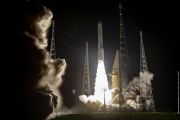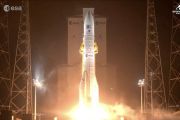
Copernical Team
Kratos and SES showcase new virtualized SATCOM system for US Army
 Kratos Defense and Security Solutions, Inc. (Nasdaq: KTOS) and SES have successfully conducted a demonstration of a fully virtualized satellite communications (SATCOM) ground system for the U.S. Army's Combat Capabilities Development Command. The demonstration illustrated a flexible network architecture that allows for multiple simultaneous communication pathways, enhancing the resilience of SAT
Kratos Defense and Security Solutions, Inc. (Nasdaq: KTOS) and SES have successfully conducted a demonstration of a fully virtualized satellite communications (SATCOM) ground system for the U.S. Army's Combat Capabilities Development Command. The demonstration illustrated a flexible network architecture that allows for multiple simultaneous communication pathways, enhancing the resilience of SAT China emphasizes commitment to peaceful space activities
 China has reaffirmed its dedication to the peaceful use of space, according to a recent statement by the Ministry of National Defense. The declaration was made last Friday, emphasizing the role of China's Aerospace Force.
"The space domain is humanity's communal asset, and ensuring its security is vital for both national and societal progression," stated Wu Qian, the ministry's spokesperso
China has reaffirmed its dedication to the peaceful use of space, according to a recent statement by the Ministry of National Defense. The declaration was made last Friday, emphasizing the role of China's Aerospace Force.
"The space domain is humanity's communal asset, and ensuring its security is vital for both national and societal progression," stated Wu Qian, the ministry's spokesperso Japan Moon probe survives 3rd lunar night
 Japan's Moon lander woke up for a third time after its main functions survived another frigid two-week lunar night, the country's space agency said Wednesday.
The Smart Lander for Investigating Moon (SLIM), dubbed the "Moon Sniper" for its landing precision, touched down in January - making Japan only the fifth nation to achieve a soft lunar landing.
But the unmanned lightweight spacecr
Japan's Moon lander woke up for a third time after its main functions survived another frigid two-week lunar night, the country's space agency said Wednesday.
The Smart Lander for Investigating Moon (SLIM), dubbed the "Moon Sniper" for its landing precision, touched down in January - making Japan only the fifth nation to achieve a soft lunar landing.
But the unmanned lightweight spacecr From space to soil
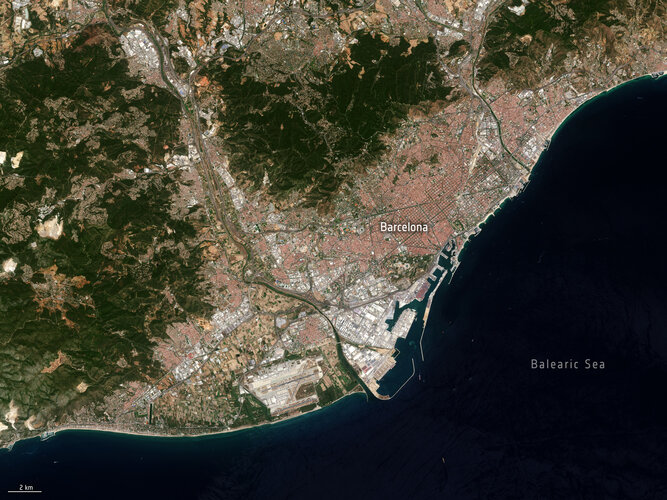
Soil sealing might not be a term that everyone's familiar with, but its effects are felt far and wide, particularly in urban areas.
Recognising the urgencies of addressing soil sealing and its associated challenges, an ESA-funded project, Ulysses, is offering insights into the extent and severity of soil sealing to mitigate soil degradation in the Mediterranean region.
Virtual tour of ESA’s Test Centre
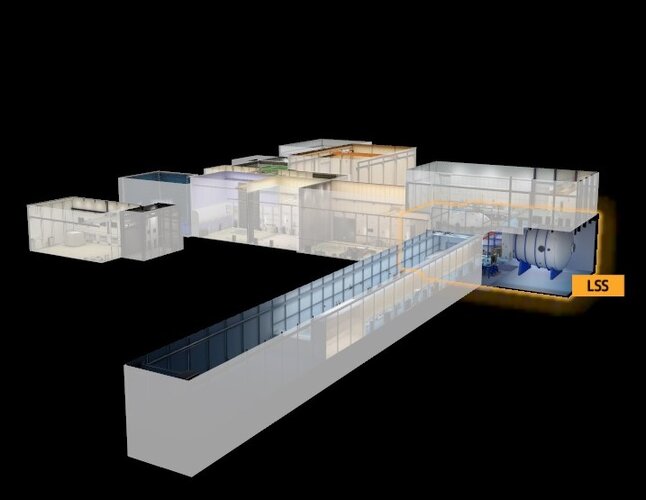 Image:
Virtual tour of ESA’s Test Centre
Image:
Virtual tour of ESA’s Test Centre Signs of spiders from Mars

No sign of Ziggy Stardust – but ESA’s Mars Express has snapped the telltale traces of ‘spiders’ scattered across the southern polar region of Mars.
SpaceX launch this evening would mark 300th booster landing if successful

SpaceX is set to send up the 30th launch on the Space Coast this year targeting an evening liftoff Tuesday that would see the 300th booster recovery if successful.
A Falcon 9 rocket carrying 23 of SpaceX's Starlink internet satellites is aiming to launch at 6:17 p.m. at the opening of a four-hour window Tuesday that runs from 6:15-10:15 p.m. A backup opportunity falls from 5:50-9:50 p.m. Wednesday.
Space Launch Delta 45's weather squadron forecasts better than 95% chance for good conditions for both Tuesday and the Wednesday backup.
The first-stage booster will set a milestone for the company marking the 300th time a Falcon 9 or Falcon Heavy booster has made a recovery landing, and the 270th time SpaceX has reflown a booster.
This particular booster is flying for the ninth time including one human spaceflight, Crew-6, and SpaceX will attempt its recovery landing downrange on the droneship Just Read the Instructions stationed in the Atlantic Ocean.
The company's first successful booster recovery came in December 2015, and it has not had a failed booster landing since February 2021.
NASA to overhaul mission returning samples from Mars—here's why it must and will go ahead
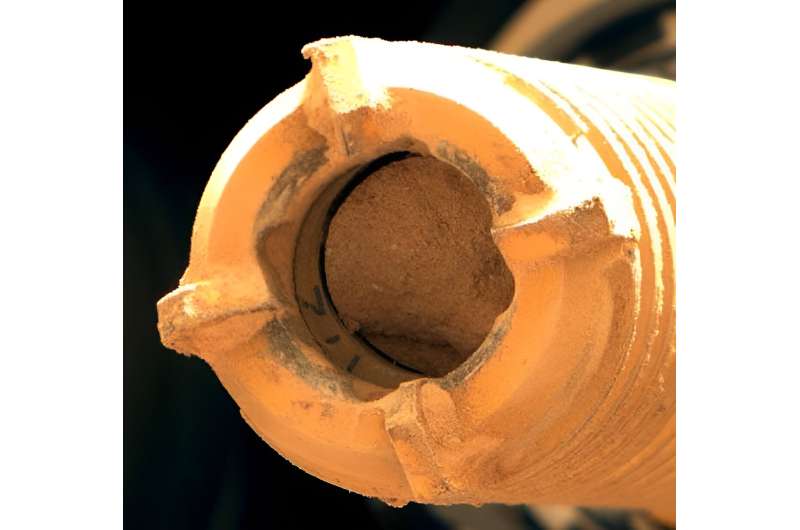
NASA recently announced that it is seeking new ways to complete the return to Earth of rock cores drilled by the Perseverance Rover in the Jezero Crater on Mars. This has led to some anxiety among space scientists, who view the Mars Sample Return (MSR) mission as a cornerstone of plans to explore the solar system.
But when you consider what's at stake, scientifically and politically, it seems highly likely that NASA will push ahead with the mission to make it a success.
One key conclusion of the NASA review is that MSR was established with unrealistic budget and schedules. Now it expects a cost of US$8–11 billion (£6.5–8.9 billion), having originally estimated $5.3 billion. That's not including the investment that the European Space Agency (ESA) is making, which is probably of the order of €2 billion (£1.7 billion).
Ariane 6 flies OOV-Cube: Internet of (wild) Things
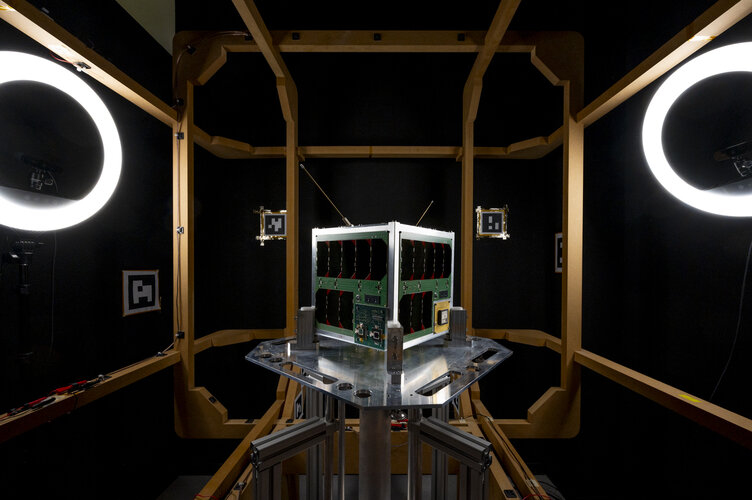
Europe’s newest rocket soon launches, taking with it many space missions each with a unique objective, destination and team at home, cheering them on. Whether launching new satellites to look back and study Earth, peer out to deep space or test important new technologies in orbit, Ariane 6’s first flight will showcase the versatility and flexibility of this impressive, heavy-lift launcher. Read on for all about OOV-Cube, then see who else is flying first.
Tsinghua University advances lunar habitat construction techniques
 Tsinghua University's latest research emphasizes the critical importance of in situ lunar construction as we shift from exploration to the establishment of Moon habitats. Focusing on regolith solidification and formation, the study, led by Professor Feng, evaluates nearly 20 techniques for creating building materials directly from lunar soil, aiming to maximize efficiency and reduce dependency o
Tsinghua University's latest research emphasizes the critical importance of in situ lunar construction as we shift from exploration to the establishment of Moon habitats. Focusing on regolith solidification and formation, the study, led by Professor Feng, evaluates nearly 20 techniques for creating building materials directly from lunar soil, aiming to maximize efficiency and reduce dependency o 




























